T-Mobile and Sprint's coverage map after the merger approval will look like this
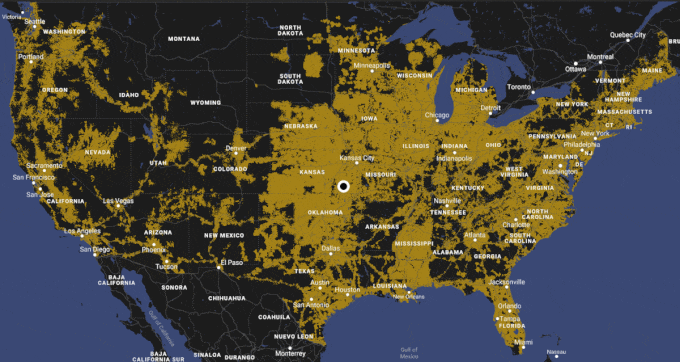
After a few unsuccessful merger tangos with Comcast and other ineligible bachelors, Sprint and T-Mobile are finally tying the knot for good, barring regulatory hurdles. The two smaller US carriers have agreed to the broad strokes, with the details still being ironed out, and a regulatory announcement likely to come before year's end.
TL;DR
- Sprint will add big areas in Iowa, Wisconsin, Vermont, Nebraska and West Virginia to the New T-Mobile's coverage map;
- The combined network licenses will make New T-Mobile the largest spectrum holder in the US;
- The new T-Mobile will end up with ~30% market share, against 31% for AT&T, and 38% for Verizon, but 50%+ in prepaid;
- Plan prices are unlikely to be increased.
Combined T-Mobile/Sprint coverage maps (it's still no Verizon)
When it comes to coverage, the two US juggernauts have a genuine advantage in rural areas, whereas Sprint and T-Mobile are only on par in cities or major roads. There are plenty of network overlap areas, too, so the merger is unlikely to create the best US carrier in terms of overall blanketing, that would still be Verizon.
We've put the expected coverage map overlays from a few different sources below for your viewing pleasure, but it basically boils down to Sprint boosting T-Mobile's network in only a few areas like Nebraska, Iowa, Wisconsin, Vermont, and West Virginia, as you can see from the combined maps below.
The leading national spectrum holder
They say a network is as good as its potential, i.e., spectrum licenses, and T-Mobile is well positioned in the long-distance low-band spectrum with its $8 billion acquisition at the 600MHz level, while Sprint holds copious amounts in the short distance high-bands. Some of these will probably have to be divested for anti-monopoly purposes if a merger is to take place, but still, a combined network will hold a huge promise - if not an immediate one, then for future rollouts.
This is why research firm Mosaik which specializes in carrier coverage maps, databases, and analysis on the corporate level, has tried to plot what a combined T-Mobile-Sprint network coverage would look like, considering the band licenses each carrier holds, and the picture is pretty rosy, sorry, violet. The new T-Mobile will apparently take the "largest spectrum holder" reign over from AT&T, and in pretty lucrative band ranges at that.
Granted, all of these spectrum nuggets each one holds will take months and years to flesh out and show synergies for subscribers to hop from one T-Sprint tower to the next without a hitch throughout the US, but the potential for network development is certainly better than if these two are on their own.
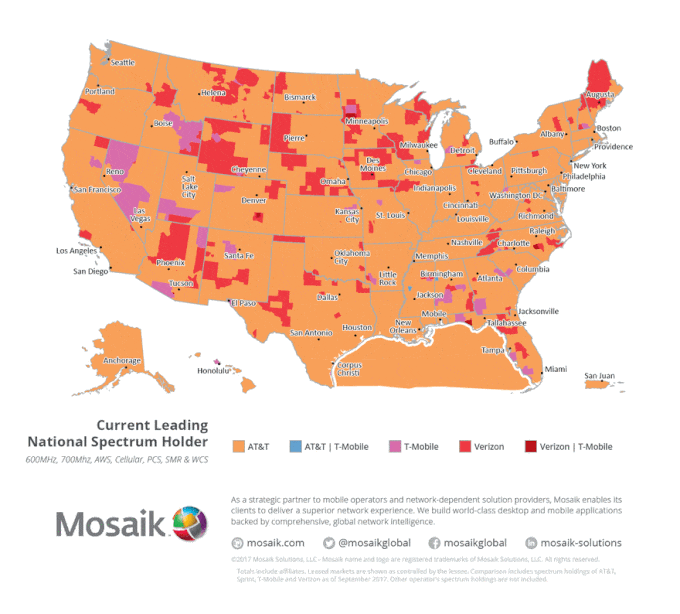
Best in prepaid? New T-Mobile customer base and merger economics
The new T-Mobile will have about 30% market share in the US, a tad below AT&T, while Verizon will remain a leader with 38%. For the retail prepaid market, however, New T-Mobile will hold more than 50% market share. This could be considered an oligopolistic setup by the FCC, and create regulatory backlash. Overall, however, the merger could also spark healthy competition and even lower prices in the end, thanks to the move over to 5G networks, according to analyst Joe Madden:
In the telecom market, next-generation technology does a lot more to reduce prices than any other factor. We need to encourage investment in technology, not create the appearance of competition by forcing weak companies to continue limping along.
Furthermore, the merger would result in billions of cost savings for the combined company, and thousands of new jobs, according to the carriers. How much? Well, about $6 billion per year, mainly from operating expenses, and at least $2 billion of those are likely to come from the selling, general and administrative costs.
In practice, this means there will be plenty of job losses, too, negating the hiring numbers that T-Mobile is touting, so the employees' situation after the merger is a bit murkier than presented.
What's in it for me?
Short answer - better network at prices that shouldn't budge much over the current plan rates. That's in theory, though, while the long answer is still being written by T-Mobile, Sprint, and all the regulators working on the merger case.
We only hope that the cheaper plans, as well as the generous phone discounts, will stay after a merger, as the history has shown that the bigger they are, the harder they bargain.

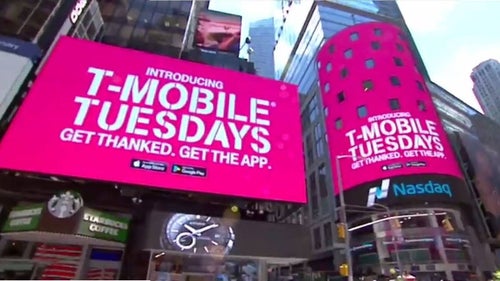

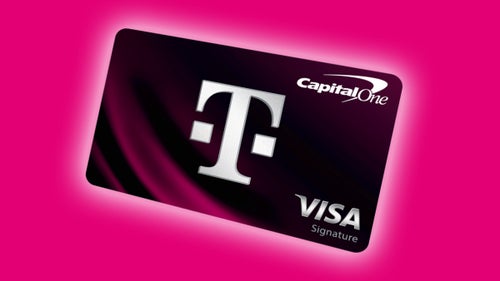

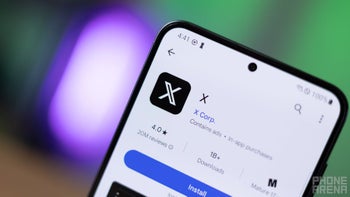

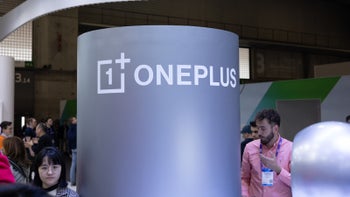
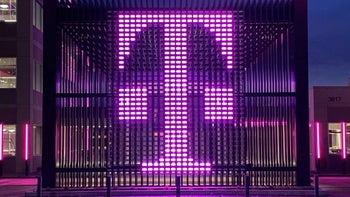
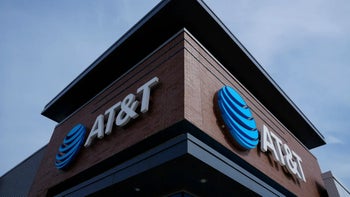
Things that are NOT allowed: